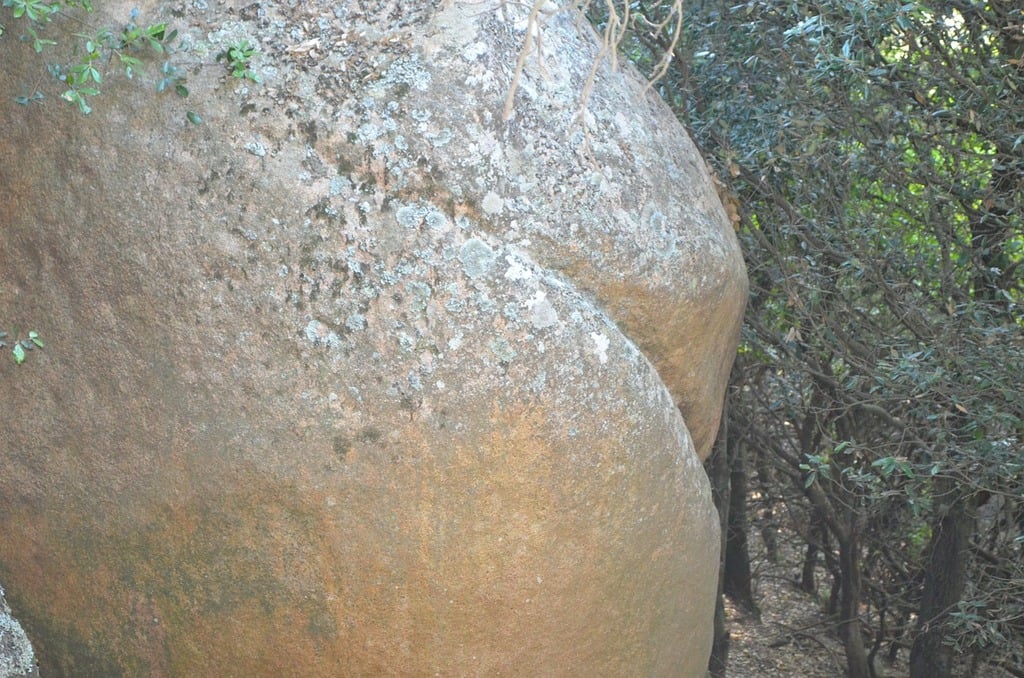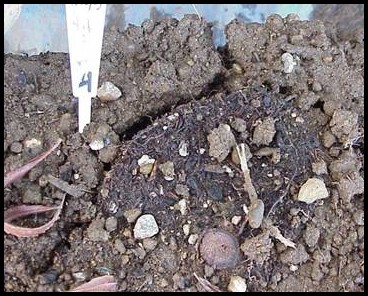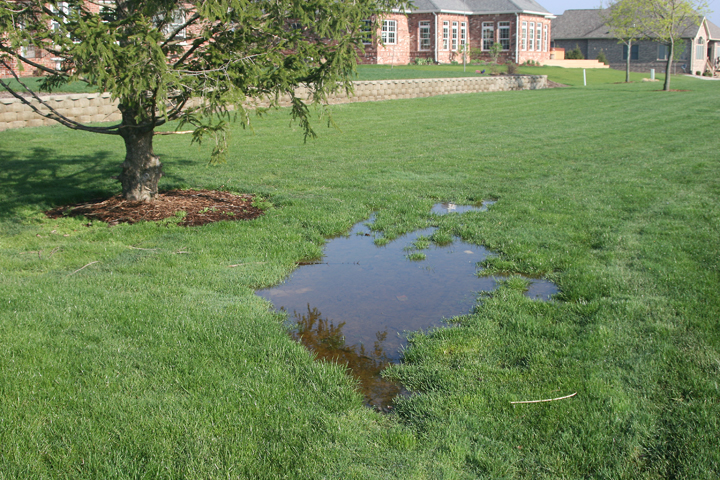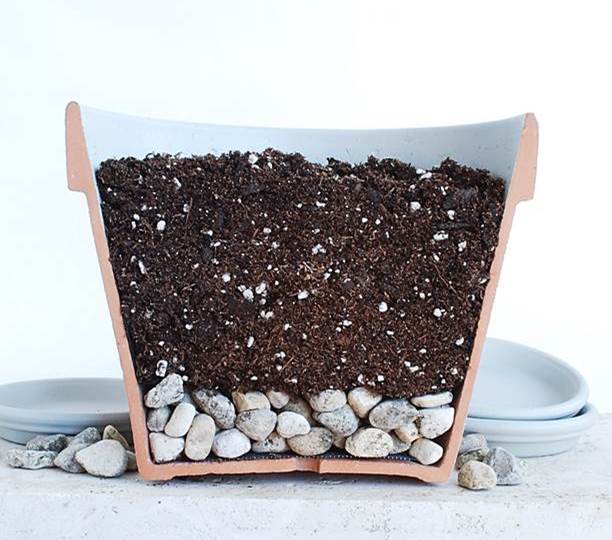There are many popular songs about fire. Those of you who are fans of Bruce Springsteen will recognize these lyrics from “Dancing in the Dark”. They popped into my head when I was driving home from Asheville NC to Athens GA this past weekend and noticed plumes of wildfires punctuating the air along the highway. That inspired me to write this post on wildfires, which are affecting the Southeast this spring but also affects many areas of the United States and the world too, especially when those areas are in drought. In this post I will discuss how wildfires start, how the local environment may help them spread, and what you can do to protect your properties and gardens from the impacts of wildfires in your communities.

Wildfires versus prescribed burns
Fires in the environment can be caused by natural events like lightning or can be sparked by human sources. Some fires are set on purpose to clear land and reduce fuel loads so wildfires are less likely to occur and some are caused by ignition sources like sparks from dragging chains, a carelessly tossed cigarette butt, or an untended campfire. Some are set deliberately to cause damage and chaos by arsonists or are the result of careless children or adults. According to Earth.org, “40% of wildfires that affect British Columbia in an average year are human-induced. In the US, the amount is more than double, with nearly 85% of the nearly 100,000 wildland fires that affect North America every year caused by human activities, according to data from the National Park Service.”
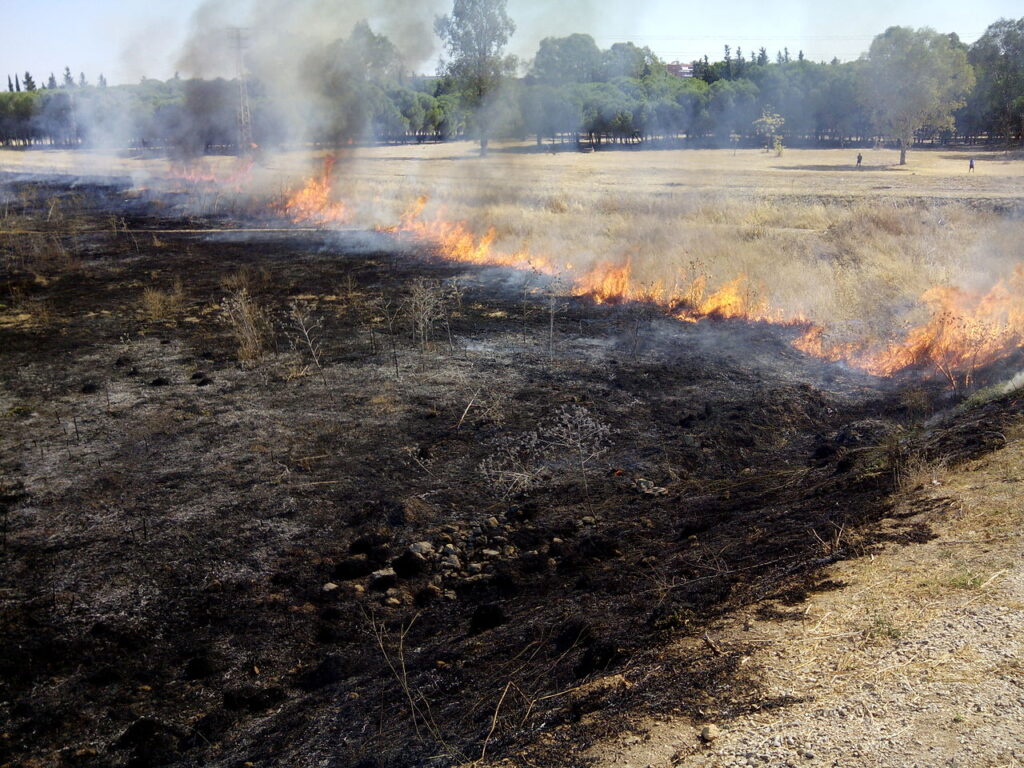
The fires that are set to reduce fuel loads and remove overgrowth from land are called “prescribed fires” and they are regulated by most states. Farmers sometimes use controlled burns to remove cover crops and prepare for spring planting. Those who want to set a prescribed fire usually have to file a form or follow a procedure to indicate what they are going to burn and when and what the weather was at the time of the burn. They are also expected to file all the necessary permits and notices for smoke and fire hazards. In some states you must be certified to conduct a controlled burn. If the weather is too windy or the humidity too low, they are generally not allowed because the chance of a fire getting out of control is high in those atmospheric conditions. There have been instances of prescribed fires escaping their planned burn areas or causing significant hazards, including a number of deadly multi-car accidents when the aerosols from the fire attracted enough water vapor to form a “superfog” that moved across a busy highway and caused visibility to fall to near-zero feet which blinded drivers speeding down the roads. “Superfog” is especially dangerous if it occurs overnight when the humidity is the highest which causes it to be more dense.
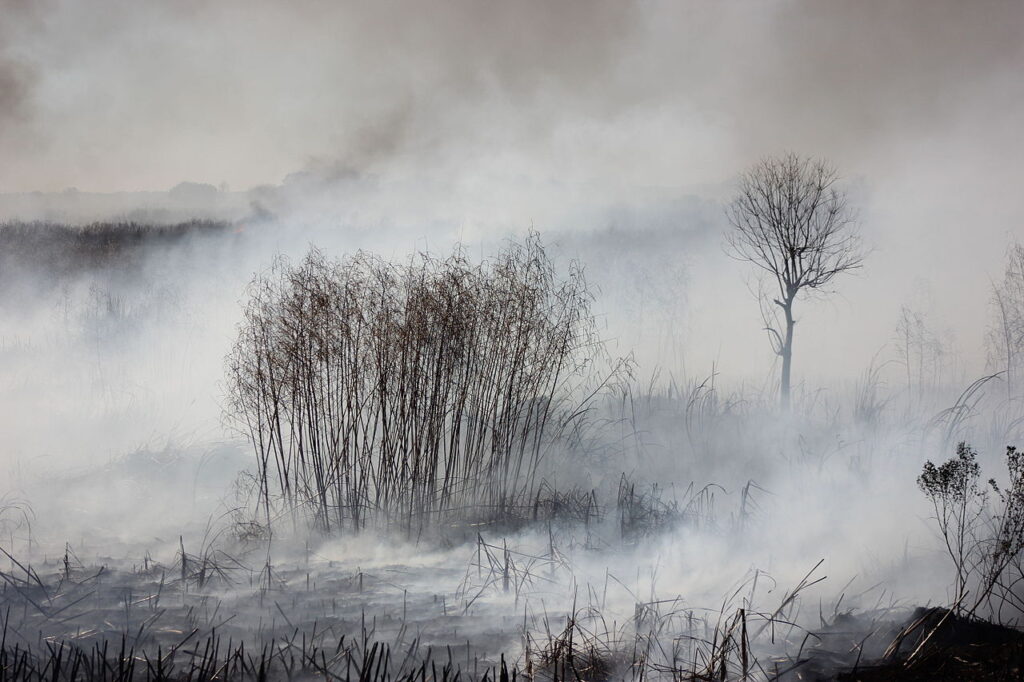
What are the causes of wildfires and how do they spread?
The number one cause of wildfires from natural causes is lightning strikes, especially in areas of drought when the vegetation is very dry and moisture is scarce. Volcanoes can sometimes cause fires by dropping hot embers onto flammable land cover and buildings. Strong winds can quickly spread the fires to new areas downwind and provide a source of oxygen that helps them continue to burn. In areas with a lot of fuel like drought-stricken national forests or open grasslands the fires can rage out of control and cover large areas in short amounts of time.

How to know when you are threatened by wildfire
When conditions are ripe for wildfires, government agencies such as the National Weather Service and state forestry departments will often put out watches and warnings to notify people in areas that are vulnerable to wildfires to be aware of threatening conditions and prepare to evacuate if necessary. If you live in an area that is prone to wildfires, you should make a plan for how to get out quickly and safely and share it with your family and colleagues. If an evacuation order is sent out you should be prepared to move quickly to safety carrying necessary documents, medicines, and valuable property with you in a “go bag” which is assembled ahead of time.

What you can do to your gardens and properties to minimize damage from wildfires
The best way to minimize damage from wildfires is to design your homes with fire-proof or at least fire-resistant materials. In the landscape around your home, plant appropriate plants and keep combustible material at least 30 feet from your home. Create horizontal and vertical breaks in the landscape to slow the spread of flames. Make sure that you have removed low-hanging dead branches and removed any dry shrubs, pine needles, dead grass, and vegetation. You can find additional information on creating fire-safe landscaping here and here. If you live in a fire-prone area you should also be prepared to stay and defend your home if it is too late to evacuate, but this should only be done if you have no other options. If you are able, evacuation is always the best option.
After the fire – other hazards
Hazards caused by fires continue even after the flames are out. Burned-out trees have lower strength and may be prone to dropping limbs or even falling over, creating hazards to anyone or anything beneath them. Ashes may have toxic components that can be carried long distances by the wind or by vehicle tires. In one of my favorite books, The Control of Nature, author John McPhee discusses the debris flows that can occur out west when heavy rain falls on recent fire scars, leading to the destruction of buildings and blockage or destruction of streets and other infrastructure by mud and boulders.
Wildfires are a hazard which can affect any place that has flammable vegetation. Take the time to understand what your risk from wildfire is, plan your landscaping accordingly and you will be better protected from this dangerous natural (and sometimes human-made) disaster!

